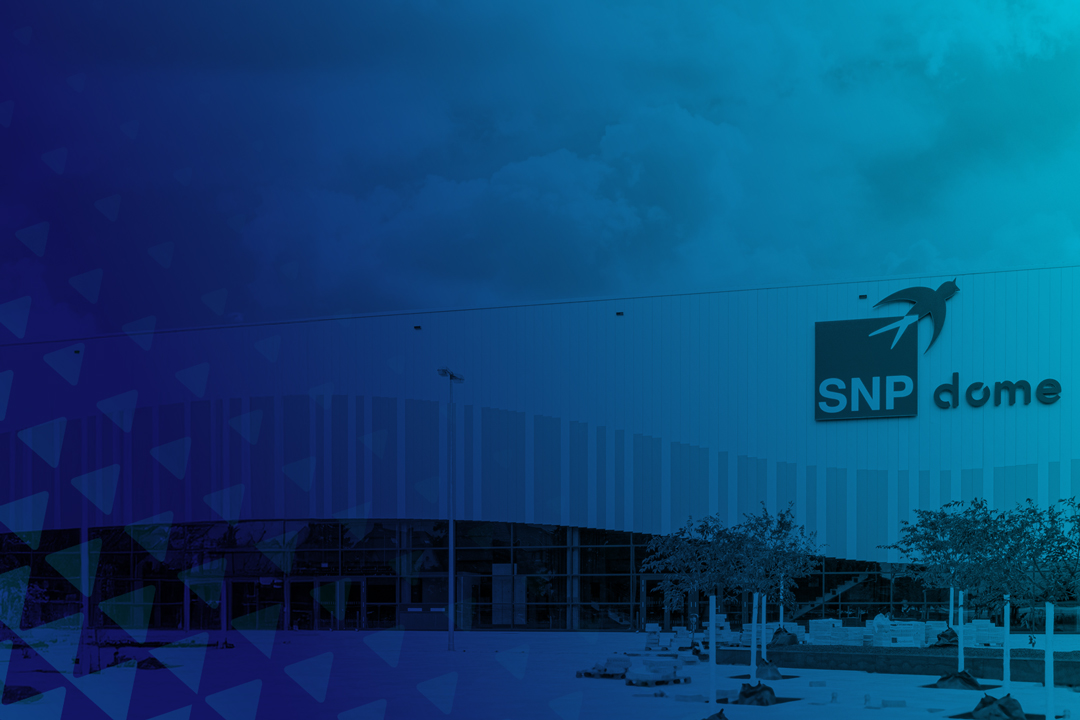Key Considerations for executing a successful M&A data migration or carve out
Mergers, acquisitions, and divestitures are just as much of an undertaking for a CIO as they are for a CFO; they are impactful on both the business and technology side.
Share
Build automation into your migration
Determining which SAP systems and data sets to migrate, integrate, or carve-out as part of the deal — and then executing on those migrations or carve-outs — can be costly, lengthy, and incredibly complex processes, which in turn impacts your overall timeline.
Missteps in the data migration process can result in unnecessary technical debt, potential Transition Services Agreement penalties, and even delays in achieving your final goals for the project.
There are some key considerations to take into consideration for companies undergoing mergers, acquisitions, or divestitures when it comes to their data migration needs. Chief among them is the need to build automation into the heart of your migration or carve-out strategies and why aligning with the right software-driven partner is integral for executing a data migration or carve-out that stays on track and achieves overall timelines and goals.
Create a clear plan of action
Mergers, acquisitions, and divestitures are incredibly complex processes. Obviously, no business undertakes one without first outlining a clear plan of action and a timeline for that plan to proceed along. But it’s crucial that that plan also prioritizes the data migration side of the operation; it can’t just be a business-facing process. Data migrations and carve-outs are among the most daunting tasks that come with executing a merger, acquisition, or divestiture — so getting it right is critical to accomplishing the broader mission at hand.
While every company’s situation is different, there are a few key questions that businesses undergoing a merger, acquisition, or divestiture need to ask themselves to ensure their data needs aren’t being overlooked:
- Do we need to integrate the company we just bought into our ERP systems? In the case of a divestiture: Do we need to identify and carve out data from our systems?
- Does the company we’re acquiring use SAP or another kind of ERP? Do both companies already share the same kind of ERP?
- What regulatory issues may come up that could lengthen, halt, or delay the process? Are there any potential TSA compliance hurdles that we might come up against?
- One area to consider is sales overlaps. With a 20 percent overlap from balance sheet to balance sheet, this can present a significant potential regulatory obstacle.
- How quickly do we need the data migration or carve-out done?
While these may seem like fundamental first steps, they’re crucial ones. Without a clear outline of your data needs, you could end up in a situation where a merger, acquisition, or divestiture results in the new company taking on excessive levels of technical debt or violating regulatory compliance — which itself carries a whole host of new problems with which to deal.
Putting automation front and center
Whether you’re integrating or carving out data, the process is incredibly labor-intensive and rife with repetitive tasks. More than that, each decision to be made carries potentially far-reaching consequences for everything from data history preservation and master data relevance to security and compliance. In other words, getting it right the first time is business-critical.
This is all the more the reason why automation needs to be treated as an integral part of these processes. Automating data migrations or carve-outs ensures that the volume of menial tasks is being executed both quickly and painlessly while leaving the more weighted choices to be done manually. Automation ensures decision-makers are essentially only spending their time and resources on the tasks that most require their input — all of which enables IT teams to best allocate and prioritize their resources for performing even the most challenging carve-out or migration plans.
This also comes in handy in the aftermath of the merger, where automation can speed up post-merger/acquisition integration projects, both accelerating how quickly and seamlessly the migration can take hold while providing a new level of insight and control over the process that can’t otherwise be achieved through traditional, manual approaches.
Executing with minimal business disruptions
After building a plan of action and wrapping it around an automation-driven strategy, the next consideration ultimately turns to the go-live date: Can your business handle a disruption that lasts longer than a weekend? How quickly do you need to execute the data migration, or carve-out, to avoid lengthy disruptions in your business operations? Just how long is too long?
This might be the last step in the process, but it’s no less critical. Being able to carry out your new data migration or carve-out with minimal downtime or disruptions to the business is essentially the first proving ground of how successful your new merger, acquisition, or divestiture will be. To that end, businesses undergoing these transformations need to ensure they’ve aligned themselves with the right software partner ahead of time. Successful data migrations and carve-outs are integral to the success of the newly merged or divested company and key to averting the technical debt or TSA violations that can otherwise knock you off track. Getting that done on time and in line with your goals requires getting off on the right foot with the right partner.
With so much at stake, businesses undergoing a merger, acquisition, or divestiture need nothing less than a predictable process for executing their data migration and carve-out needs — a software-driven, end-to-end, automated process that is predictable in its speed, efficiency, and success rate in delivering on your goals within your timetable.
This article originally appeared here on Dataversity.net.
Learn more about author Steele Arbeeny.

